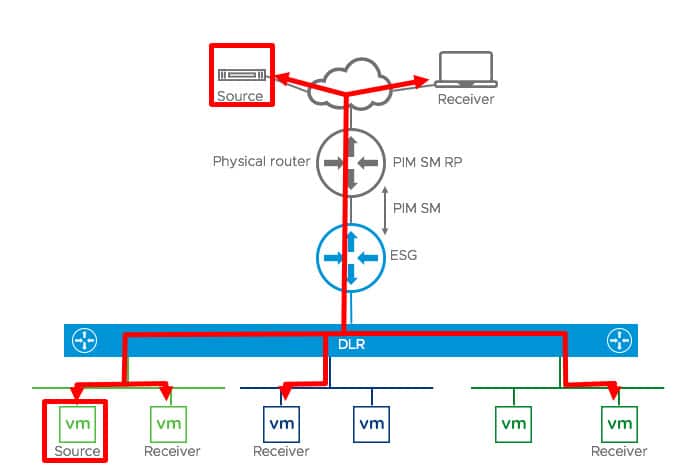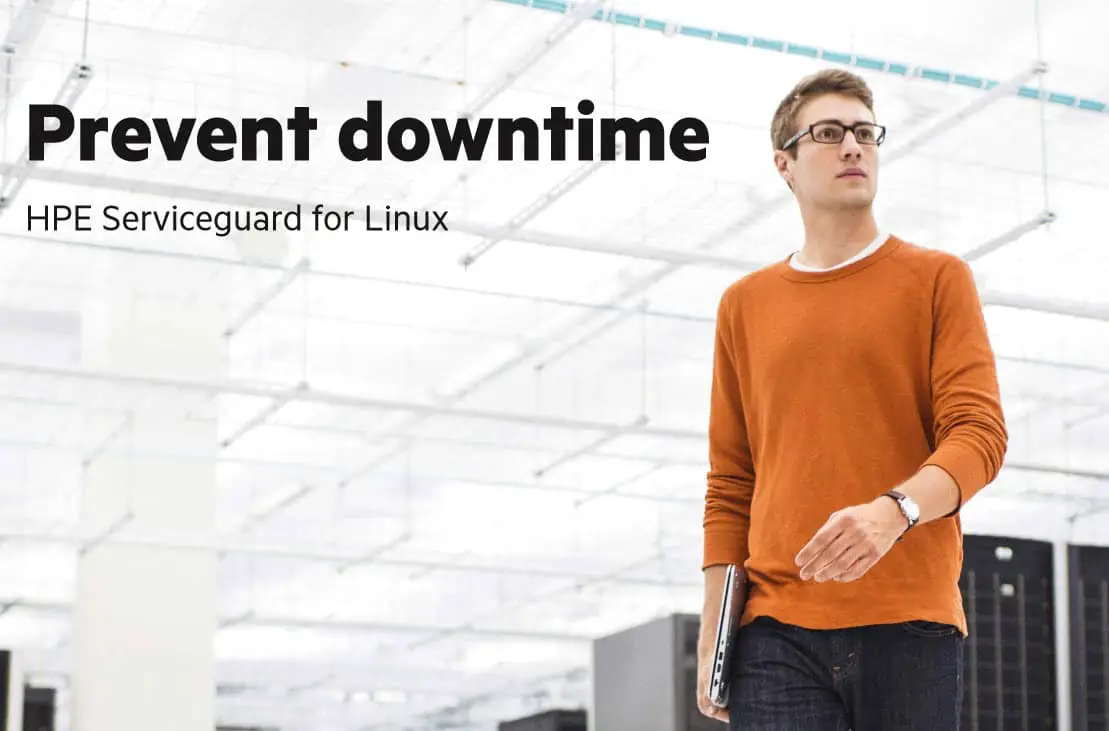Operating System Level Virtualization (Part 2) – Implementations Comparison
These days, everyone knows what’s Cloud Computing and cloud based services are using for speedup deployment of organizations services. Operating System Level Virtualization or Containers helping system architectures and administrators to achieve the goals. There are many implementations for containers that today, those methods are compatible with different hardware architectures and operating system.
You may know that Unix has OS Level Virtualization from past years and this technology is very older than other virtualization such as Full Virtualization or Paravirtulization.
Full Virtualization (VMware ESXi, Hyper-V) and Paravirtualization (Xen, UML) provides different guest OS but there is no way to use different guest OS when you are using containers. Of curse, some solutions are under development.
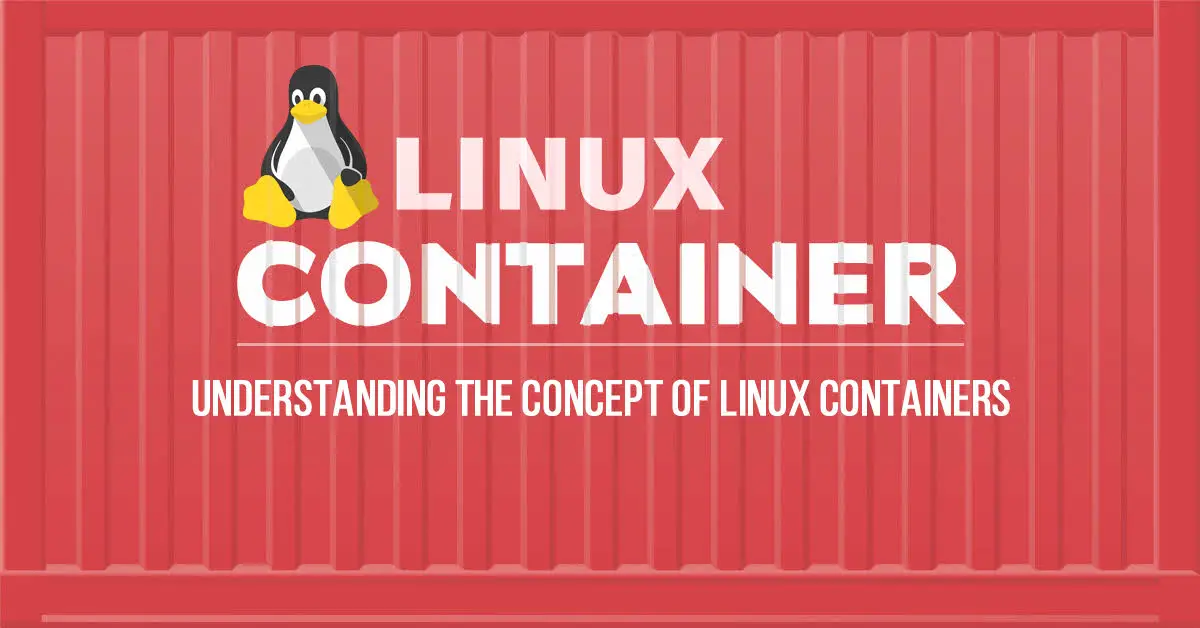

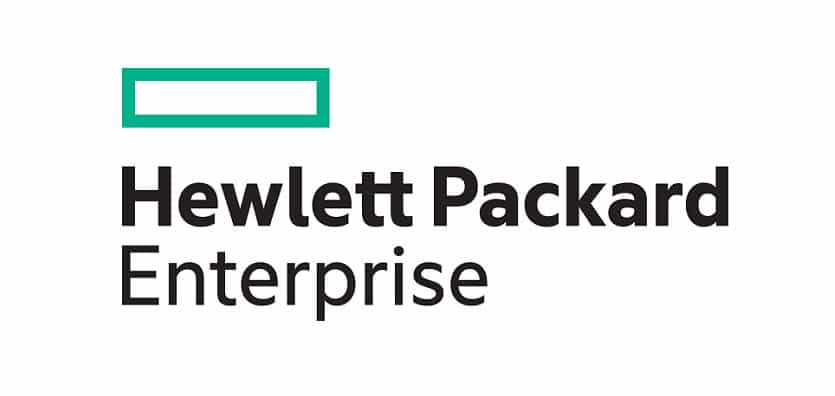
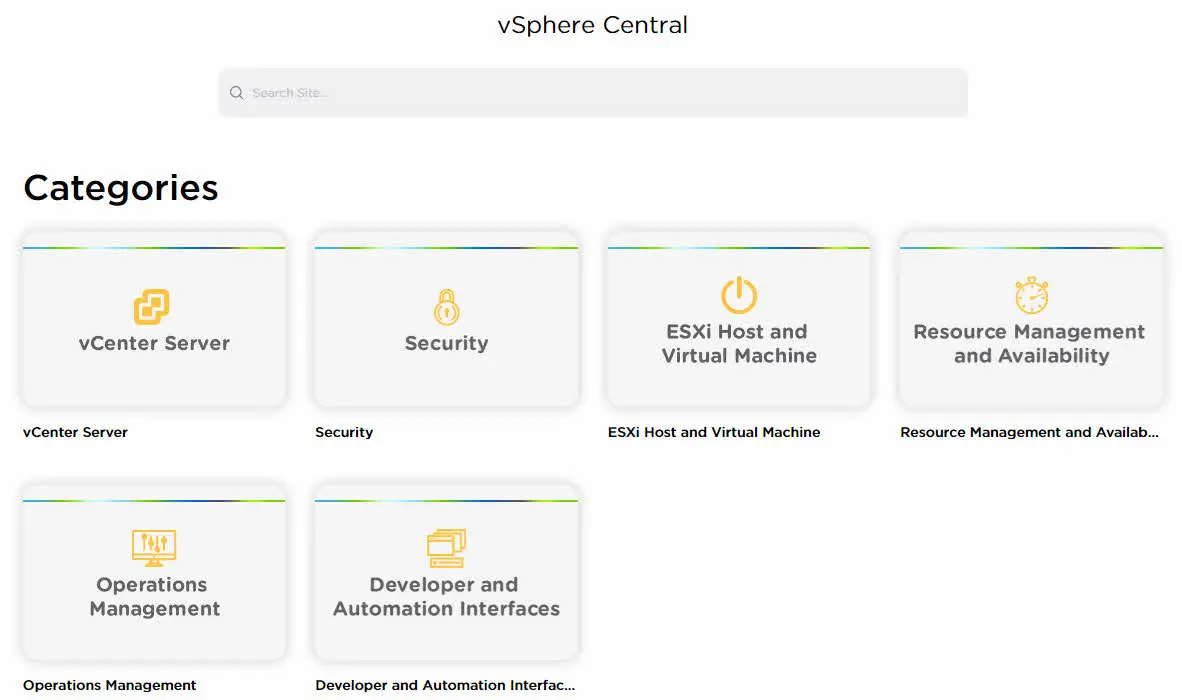
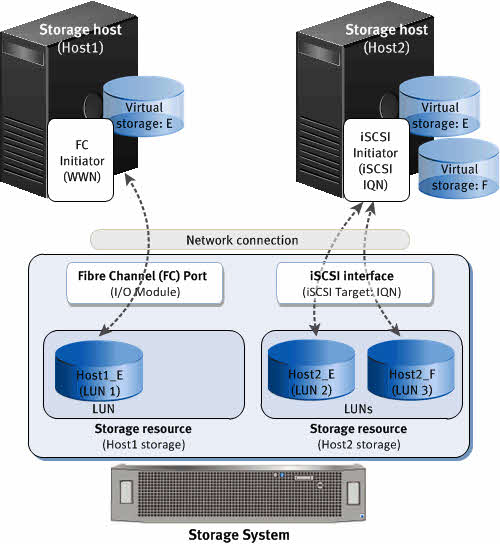
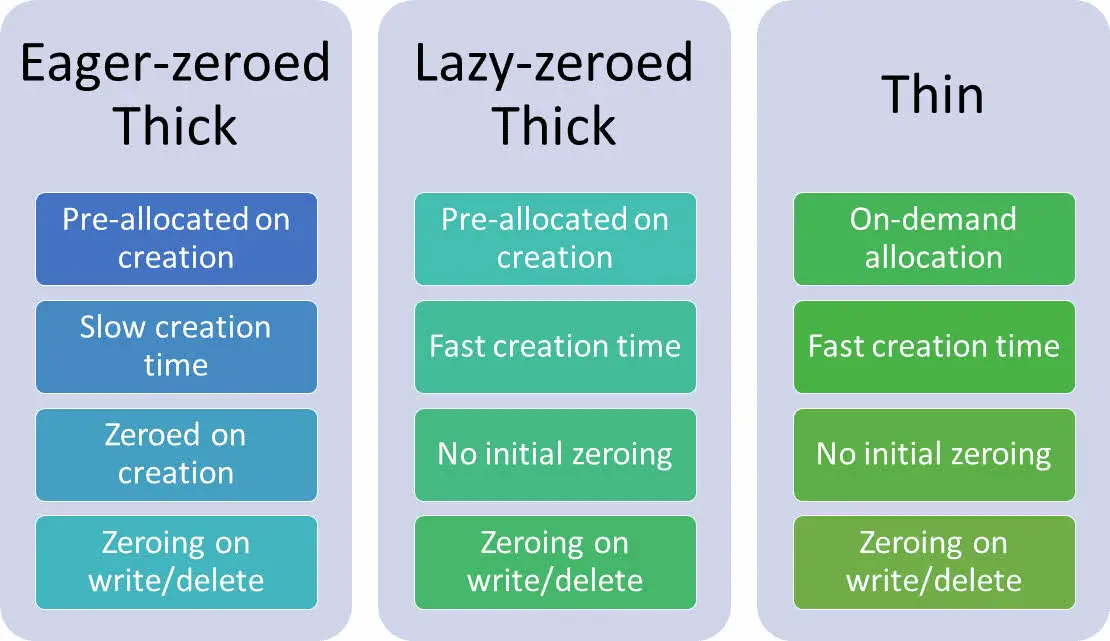

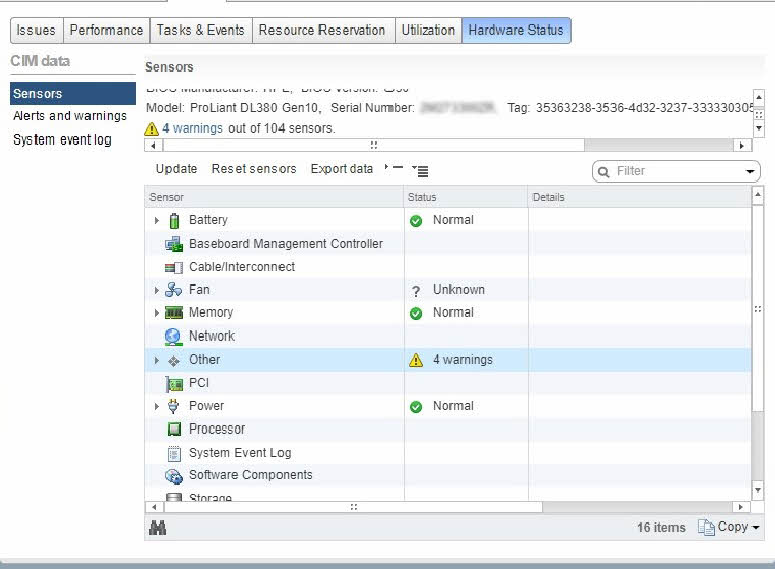
![[Review]: What's vSphere PMEM 15 HPE Persistent Memory](https://www.teimouri.net/wp-content/uploads/2018/08/hpe-pmem.jpg)
